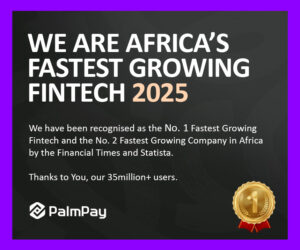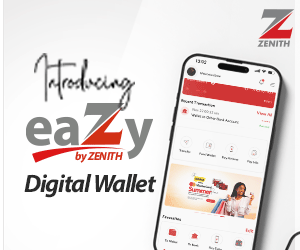The CEO of Ghana International Bank (GHIB), Dean Adansi, has said that Africa could earn an additional $133 billion every year if it closes its persistent trade finance gap.
He argues that tackling this shortfall is critical to shifting the continent’s commodity trade from raw exports to value-added products.
Speaking to the BBC at the GHIB CONVERGE 2025 conference in London, Adansi said the trade finance gap in sub-Saharan Africa currently stands at around $80 billion.
Given that every $1 in trade generates a $1.70 boost to GDP, he said closing this gap could deliver a massive payoff in jobs, government revenues, and domestic capital market growth.
The financing bottleneck
Adansi explained that high interest rates, shallow capital markets, and limited infrastructure have left many African exporters unable to secure the financing needed for processing.
“In many African countries, interest rates are significantly higher than in the West, making it very difficult for smaller entities with short track records to obtain the financing they need to export commodities or industrialise locally,” he said.
This lack of affordable capital, he said, is forcing Africa to miss lucrative opportunities. He cited an example of a recent $10 million onion supply contract to Senegal that was fulfilled by European suppliers, even though West Africa had enough raw output.
According to him, Africa lost out in the contract simply because local producers could not finance processing capacity.
Value addition could transform revenues
Adansi noted that currently, only 14% of Africa’s commodity exports are value-added products. Research presented at the conference suggests that raising this to 25% could add over $50 billion in extra annual revenue and create millions of industrial jobs.
- He pointed out that Ghana’s experience in cocoa processing, with capacity jumping from negligible levels to around 15% of output, and gold refining, shows what targeted finance can achieve.
- GHIB’s proposed solutions include specialized commodity finance tools such as pre-export financing tied to off-take agreements, inventory financing against stored goods, and equipment leasing to ease upfront capital requirements.
Building a sustainable trade ecosystem
GHIB, which has facilitated over $14 billion in trade flows across sub-Saharan Africa in the past five years, is partnering with local financial institutions to make them more attractive to international lenders.
- The bank’s approach combines resources from commercial banks, development finance institutions, and governments to create a financing ecosystem that supports small and medium exporters.
- Adansi also highlighted the African Continental Free Trade Area (AfCFTA) as a key opportunity to develop regional processing hubs, while technology, blockchain, and environmental finance could help African producers command higher prices and meet global sustainability standards.














